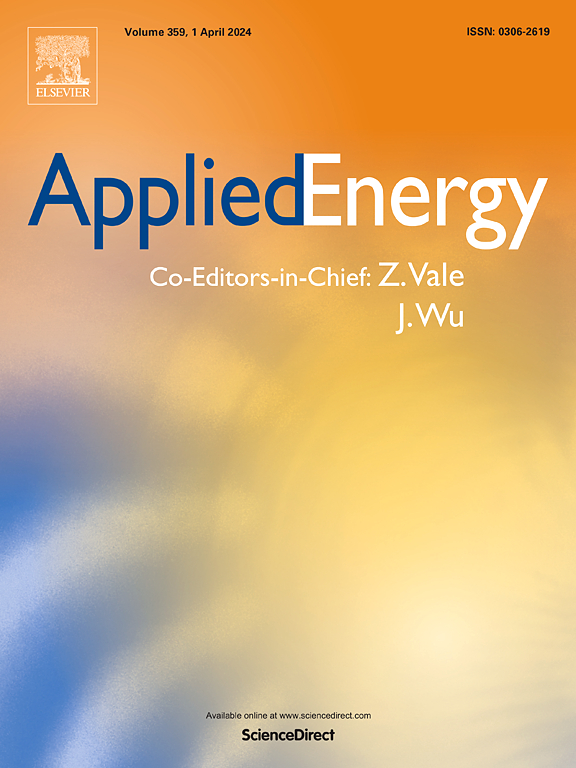Government attention and energy poverty: empirical evidence from China
IF 11
1区 工程技术
Q1 ENERGY & FUELS
引用次数: 0
Abstract
Improving human well-being and sustainable development worldwide are severely hampered by energy poverty. This study investigates the impact of the Chinese government's policy priorities on energy poverty and analyzes the underlying mechanisms driving this relationship. The findings aim to inform more effective policies for alleviating energy poverty. To assess energy poverty comprehensively, the study constructs a multidimensional index encompassing four key dimensions: service accessibility, infrastructure completeness, consumption cleanliness, and energy affordability and efficiency. From 2010 to 2022, the degree of energy poverty in 30 Chinese provinces (excluding Tibet, Hong Kong, Taiwan, and Macau, due to data unavailability) is evaluated using the entropy-weighted TOPSIS method. Furthermore, a policy tool theory-based dynamic spatial Durbin model is used to test the mediating functions of three policy tools—technological support, market regulation, and green investment—and investigate the spatial spillover effects of government attention to energy poverty. The findings show that government intervention reduces energy poverty in nearby areas through a “demonstration effect,” in addition to improving local energy poverty. Additionally, examination of the mediating effect demonstrated that market regulation, green investment, and technological support significantly mediate the impact of government attention on energy poverty. In particular, the government may improve the efficiency of energy poverty alleviation by bolstering market regulation, boosting technological support, and encouraging green investment.
政府关注与能源贫困:来自中国的经验证据
能源贫困严重阻碍了人类福祉的改善和世界范围内的可持续发展。本研究考察了中国政府的政策重点对能源贫困的影响,并分析了驱动这种关系的潜在机制。这些发现旨在为更有效的政策提供信息,以减轻能源贫困。为了全面评估能源贫困,本研究构建了包含服务可及性、基础设施完备性、消费清洁性、能源可负担性和效率四个关键维度的多维指数。从2010年到2022年,中国30个省份(不包括西藏、香港、台湾和澳门,由于无法获得数据)的能源贫困程度使用熵加权TOPSIS方法进行评估。基于政策工具理论的动态空间Durbin模型检验了技术支持、市场监管和绿色投资三种政策工具的中介作用,并考察了政府对能源贫困关注的空间溢出效应。研究结果表明,除了改善当地的能源贫困状况外,政府干预还通过“示范效应”减少了附近地区的能源贫困。此外,对中介效应的检验表明,市场监管、绿色投资和技术支持显著地中介了政府关注对能源贫困的影响。特别是,政府可以通过加强市场调控、加大技术支持和鼓励绿色投资来提高能源扶贫的效率。
本文章由计算机程序翻译,如有差异,请以英文原文为准。
求助全文
约1分钟内获得全文
求助全文
来源期刊

Applied Energy
工程技术-工程:化工
CiteScore
21.20
自引率
10.70%
发文量
1830
审稿时长
41 days
期刊介绍:
Applied Energy serves as a platform for sharing innovations, research, development, and demonstrations in energy conversion, conservation, and sustainable energy systems. The journal covers topics such as optimal energy resource use, environmental pollutant mitigation, and energy process analysis. It welcomes original papers, review articles, technical notes, and letters to the editor. Authors are encouraged to submit manuscripts that bridge the gap between research, development, and implementation. The journal addresses a wide spectrum of topics, including fossil and renewable energy technologies, energy economics, and environmental impacts. Applied Energy also explores modeling and forecasting, conservation strategies, and the social and economic implications of energy policies, including climate change mitigation. It is complemented by the open-access journal Advances in Applied Energy.
 求助内容:
求助内容: 应助结果提醒方式:
应助结果提醒方式:


